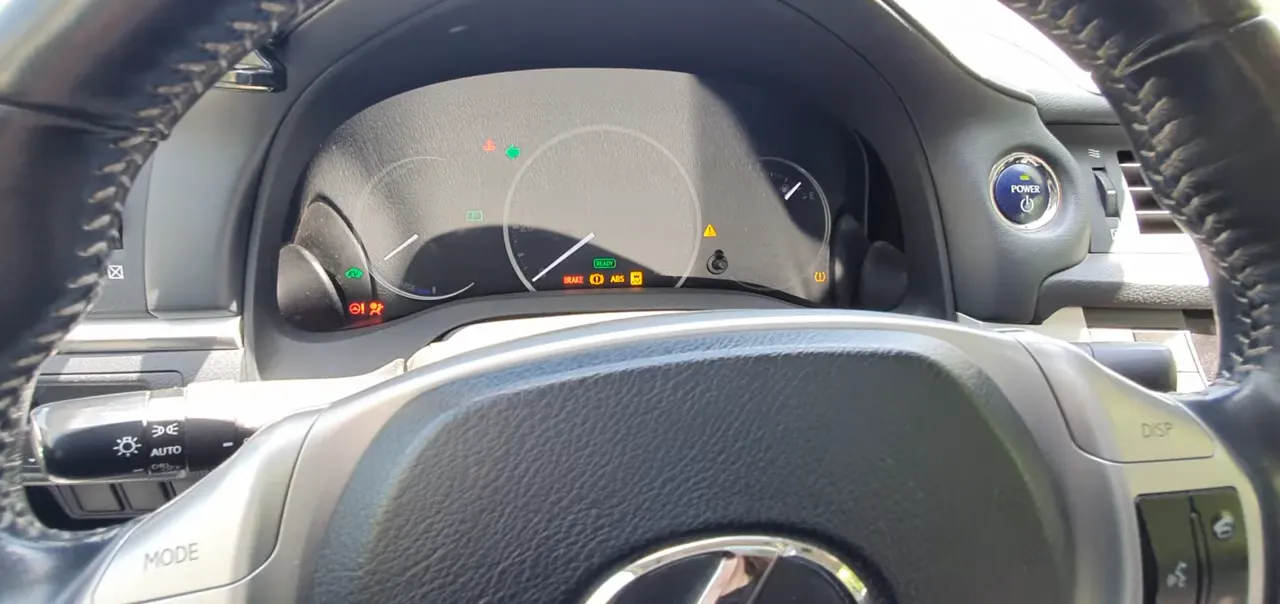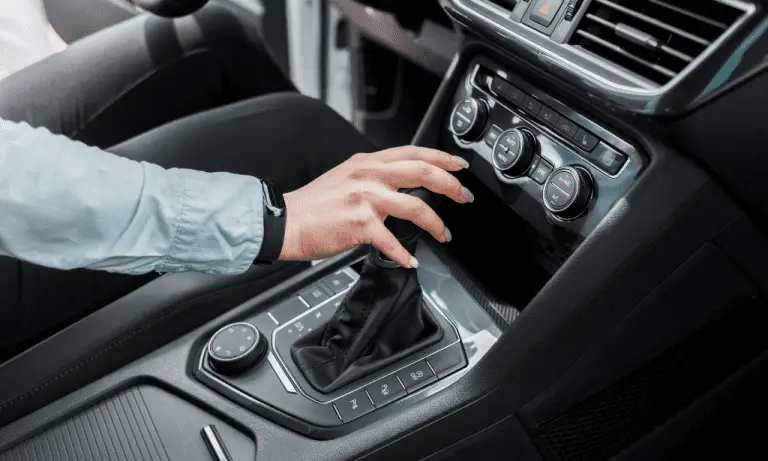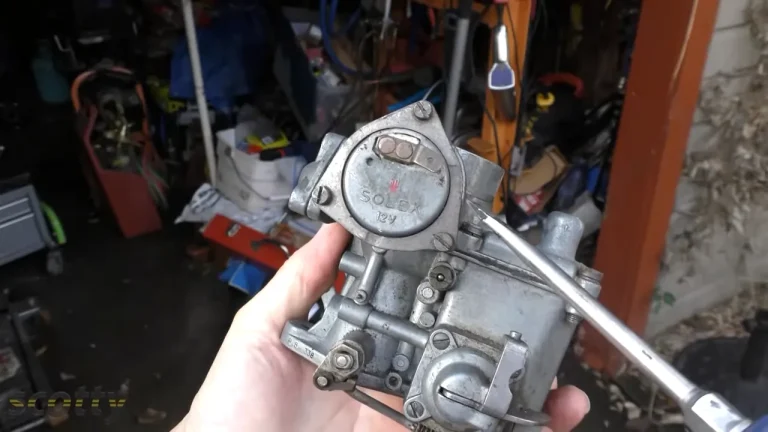Depress Brake Pedal to Start Engine Message (Ultimate Guide)
The “Depress Brake Pedal to Start Engine” message typically appears on vehicles equipped with keyless ignition systems. It is a safety feature that requires the driver to press the brake pedal while starting the engine to prevent accidental starts.
Common Safety Feature
The “Depress Brake Pedal to Start Engine” message is a common safety feature found in vehicles with keyless ignition systems. This feature requires the driver to press the brake pedal before starting the engine, ensuring that the vehicle is in a safe state and preventing accidental starts. It helps prevent unintended movement and promotes safe operation of the vehicle.
Troubleshooting Common Issues
When troubleshooting common issues related to the “Depress Brake Pedal to Start Engine” message, consider the following:
1. Brake Pedal Not Fully Pressed
Ensure that you are fully pressing the brake pedal before attempting to start the engine. Sometimes a partial press may not engage the required sensor, preventing the engine from starting.
2. Faulty Brake Pedal Position Sensor
The brake pedal position sensor detects when the brake pedal is pressed. If this sensor is malfunctioning or damaged, it may not register the pedal press correctly. A professional mechanic can diagnose and replace the sensor if needed.
3. Weak Brake Pedal Switch
The brake pedal switch signals to the vehicle’s system that the brake pedal is engaged. A weak or faulty switch may not send the proper signal, preventing the engine from starting. Replacing the switch might be necessary.
4. Dead Key Fob Battery
In keyless ignition systems, a dead or low battery in the key fob can prevent the engine from starting, even when the brake pedal is pressed. Replace the key fob battery if needed.
5. Anti-theft System Issues
Some vehicles have an integrated anti-theft system that may affect the starting process. Check if the anti-theft system is engaged or if there are any error messages related to it. Consult the vehicle’s manual or contact a dealership for guidance.
FAQ:
Q: Why am I seeing the “Depress Brake Pedal to Start Engine” message in my vehicle?
A: The “Depress Brake Pedal to Start Engine” message is a common safety feature found in vehicles with keyless ignition systems. It serves as a reminder to the driver to press the brake pedal while starting the engine, ensuring that the vehicle is in a safe state and preventing accidental starts.
Q: Do I always need to press the brake pedal to start the engine?
A: Yes, in vehicles equipped with the “Depress Brake Pedal to Start Engine” feature, it is necessary to press the brake pedal while starting the engine. This requirement is designed to enhance safety by ensuring that the vehicle is stationary and the driver is in control before the engine starts.
Q: What should I do if pressing the brake pedal does not start the engine?
A: If pressing the brake pedal does not start the engine despite seeing the message, there may be an issue with the brake pedal position sensor or the associated electrical system. It is recommended to consult a professional mechanic to diagnose and resolve the problem.
Q: Can a dead key fob battery affect the “Depress Brake Pedal to Start Engine” feature?
A: Yes, a dead or low battery in the key fob can prevent the engine from starting, even when the brake pedal is pressed. The key fob transmits the signal to start the engine, and if the battery is dead, the signal may not reach the vehicle’s system. Consider replacing the key fob battery to see if it resolves the issue.
Q: Are there any other safety features related to starting the engine?
A: Yes, vehicles may have additional safety features related to starting the engine, such as requiring the driver to be in the seat with the seat belt fastened or ensuring the gear selector is in the “Park” position. These features vary depending on the vehicle make and model.
- Why Are My Car Headlights Not Bright Enough? - May 9, 2024
- How Long Can You Drive With An EVAP Leak? - May 9, 2024
- What Does B Stand for in a Car? [Full Guide] - May 9, 2024





